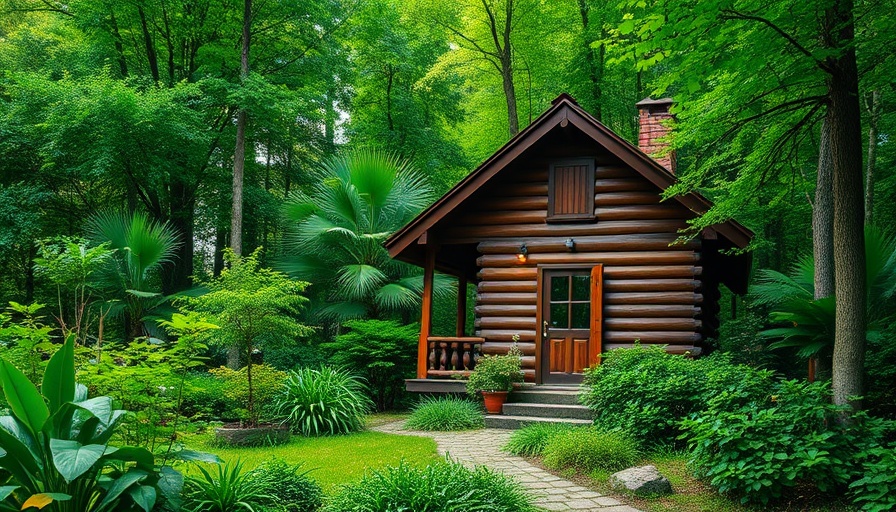
Understanding the Tiny House Movement
The tiny house movement is more than just a trend; it represents a shift in how individuals and families view living spaces and sustainability. As urban areas become more crowded and property prices continue to skyrocket, many people are looking for alternatives that offer both affordability and a simpler lifestyle. Tiny homes, often defined as houses that are 400 square feet or less, provide a unique solution that resonates with many seeking minimalism.
Sustainable Living and Environmental Impact
One of the most compelling reasons behind the rise of tiny house living is its environmental benefits. Large homes require more resources to build, maintain, and heat, contributing to a larger carbon footprint. In contrast, tiny houses often use sustainable materials and have a much lower energy requirement. With the potential for off-grid solar power, composting toilets, and rainwater collection, tiny homes allow homeowners to reduce their ecological impact substantially.
The Cost Advantage of Tiny House Living
The financial aspect of tiny house living is noteworthy. With rising property prices and student debts, millennials and Gen Z learners often struggle with homeownership's burdens. Tiny homes, however, can be significantly less expensive than traditional houses. Many tiny homes can be crafted for under $50,000, and even pre-built options are often priced affordably. By pursuing a tiny housing solution, young adults can invest in their future, avoid crippling debt, and enjoy a free lifestyle.
Community and Intentional Living
The tiny house movement often emphasizes a sense of community. Many areas have developed tiny house villages where residents support one another, creating a lifestyle focused on shared values and environmental consciousness. Living in close quarters fosters collaboration and communal activities, allowing residents to build connections in a way traditional housing often does not facilitate.
Challenges of Tiny House Living
While the benefits are transparent, there are notable challenges. Zoning laws, for example, may pose limitations for tiny house living in certain areas. Many municipalities have regulations that make it challenging to park or build a tiny home. Additionally, potential homeowners must consider their possessions carefully, as living in a small space requires significant downsizing. These hurdles often require creative solutions and advocacy for changes in local policies.
Future Trends in Real Estate
The real estate sector is evolving, and the tiny house movement is likely to influence future trends. As environmental issues gain more attention and individuals prioritize sustainability, we may see an increase in zoning allowances for tiny homes and communities designed for their use. This could eventually lead to an expansive shift in real estate, where tiny homes become integrated into larger housing strategies.
Conclusion: The Road Ahead
The tiny house movement exemplifies a broader societal change toward sustainability and intentional living. As more people embrace these values, tiny homes may redefine what it means to own a home, making it more accessible and sustainable for future generations. If you’re intrigued by the concept of tiny living, take the plunge! Explore tiny homes in your area, either through local real estate listings, or check platforms like Zillow and Redfin for unique opportunities.
 Add Row
Add Row  Add
Add 



Write A Comment